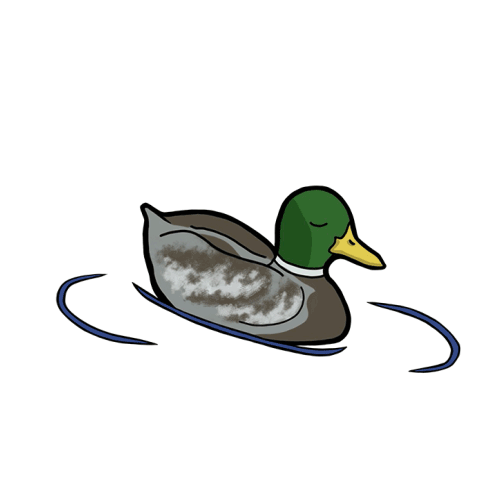Professor Chasar’s new book deep dives into the work of Bob Dylan
- Maya Darski, Staff Writer
- 51 minutes ago
- 4 min read

Brought together by a shared passion for the work of renowned American singer-songwriter Bob Dylan, professor Mike Chasar welcomed Willamette professors James Miley and Erik Noftle, as well as Western Oregon University professor Dr. Ryan Topper, for a book release party and discussion in Rodgers Music Center on Oct. 1.
The book in question, "The Poetry of Bob Dylan: 30 Essays on 30 Songs," is a collection of 30 essays from 30 different professors of poetry, literature, music and cultural studies, curated and edited by Chasar. Each professor selected a song by Dylan and wrote an analysis of the lyrics, music and historical context that a casual listener might not be aware of.According to Noftle, while there are many scholarly works on Dylan, many of them “presuppose that people know the history of the blues or surrealistic poetry. That kind of background knowledge may be hard for all students to access.” Chasar’s book does not presuppose this background knowledge, instead providing a breakdown of each song, bringing in context so both newcomers and longtime fans can learn something new. Noftle added, “It takes each song in on itself and applies critical analysis to figure out what the song is doing. It’s a nice addition to the Dylan scholarship, and it really succeeds in being a concise and thoughtful investigation of individual songs.”
The Oct. 1 book release event was interdisciplinary, much like the book itself. Topper, who contributed one of the 30 essays to the book and could thus speak on behalf of the writing process behind it, came together with music professor Miley, psychology professor Noftle, and English professor Chasar to each play a Bob Dylan song and then discuss and analyze the different aspects and meanings of the songs.
For example, Topper discussed how the song “Highway 61 Revisited” mixes old-timey cartoonish music with rock and roll. “The history of the world is in this little song,” Topper said, referring to how the song begins with imagery and references to the Old Testament of the Bible and ends with the world ending via war. Topper also connected the song to Dylan’s own life going from the town of Duluth, Minnesota to New Orleans, Louisiana and how in the world of music, “laws no longer apply.” The discussions held during the event are a hint at the kinds of ideas presented inside the book.
The idea of creating this book first surfaced within Chasar when Noftle, who teaches a colloquium class on Dylan, came to Chasar to ask for advice on how to better help the students understand the complexity of the words.
“In an ideal world,” Chasar remarked, “I would have a big book that goes song by song explaining how the words work. I couldn’t give Noftle that, but a handbook with 30 samples would give others a model by which to understand other songs.”
The production of the book ran on a timeline of two years. In fall of 2023, Chasar gathered the authors and set a deadline for the essays to be submitted to him one year later. During this year in which the authors wrote their essays, Chasar put into motion the process of getting the book accepted by a publisher. He also spent the summer before the essays were due independently studying Dylan.
“I spent four months listening to all his music, reading the lyrics, and reading what other people have written about Dylan to educate myself, so that I would be able to respond to writers credibly while editing,” Chasar recalled.
Once September of 2024 rolled in, Chasar would undergo a year of editing the essays, writing an introduction and afterword, piecing them all together into one manuscript, and working with the publishing company for proofreading and working on the physical production of the book such as choosing cover art.
Chasar said, “It was thrilling to watch the essays by people I respect develop, and I am grateful that they trusted me to work with their writing and for getting a chance to have an inside view on how people’s thinking evolves over multiple drafts.”
The completed book, packed with analysis on songwriting and music, is a gateway to not only helping understand Dylan but understanding American songwriting and music as a medium. Chasar remarked that “when the Nobel Prize for literature was given to Dylan in 2016, it praised ‘Bob Dylan and the American songwriting tradition.’ Dylan became representative of the American songwriting tradition as a whole. So, this award not only recognized one American writer but a whole American art form, and it's an art form that people engage with daily. Bob Dylan can give us the tools to better understand the music that we listen to in our daily lives.”
The e-book version of “The Poetry of Bob Dylan: 30 Essays on 30 Songs” has already been released, and the physical version will be released later this month.
